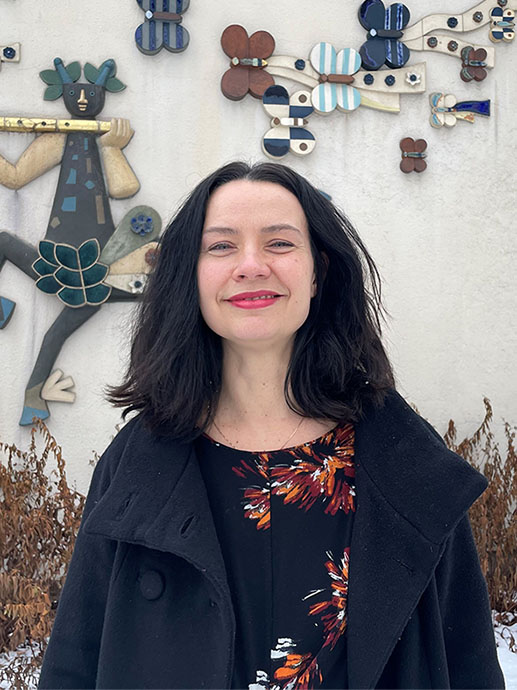Tid og sted for prøveforelesning
Prøveforelesningen vil finne sted fredag 17. februar kl. 10.15 - 11.00 i auditorium U40.
Bedømmelseskomité
- Professor Annette Merz, The Protestant Theological University, (førsteopponent)
- Prof. dr. Caroline Vander Stichele, Tilburg University, (annenopponent)
- Førstelektor Vemund Blomkvist, Det teologiske fakultet, Universitetet i Oslo
Leder av disputas
Dekan Anders Runesson, Det teologiske fakultet, Universitetet i Oslo
Veileder
- Professor Marianne Bjelland Kartzow
- Karin Berber Neutel
- Catherine Hezser
Sammendrag
Er interseksjonelle kvinnelige karakterer kun rekvisitter i lignelsene, spør jeg i avhandlingen Props in the Parable Plots? The Significance of Intersectional Female Characters in Attested and Possible Parable Reception. Jeg er opptatt av om og hvordan lignelsesfortolkere har skapt mening med kvinnelige karakterer. I tillegg undersøker jeg videre tolkningsmuligheter og spør hvordan mulige historiske fortolkere kunne ha skapt mening med disse karakterene og lignelsene deres.
For å undersøke dette, har jeg kombinert og videreutviklet to teoretiske tradisjoner, interseksjonalitet og conceptual blending, til en ny metode som jeg kaller intersectional blending. Denne metoden benytter jeg gjennom hele avhandlingen.
I motsetning til det meste av nyere forskning, undersøker jeg ikke bare det jeg kaller bevitnet resepsjon, nemlig de fortolkningene som er bevart og vi dermed har tilgang til, jeg forsker også på mulig resepsjon.
Hvordan lignelseskarakterer fortolkes har også betydning for hvordan vi forstår virkelig liv og det guddommelige. Den større hensikten med denne forskningen er å spørre hvilke liv som har betydning i lignelsesfortolkning i både akademia, kirke og samfunn, og dermed også om hvilke liv som blir gitt betydning i det hele tatt.
English abstract
How can an intersectional blending approach to parables with female characters in texts and reception show these parables’ interpretational potential beyond the state of contemporary scholarship? This study aims to shed light on how parables with intersectional female characters have been interpreted and how ancient listeners who mirrored these characters might possibly have interpreted them.
To study this, I place intersectional female parable characters at the centre of these investigations and study their reception. Since I believe contemporary research and earlier parable interpretations are influential voices in church and cultural discourses about meaning and significance, I examine written interpretations of parables with intersectional female characters in contemporary research, in Luther’s writings, and by theologians in Antiquity.
In contrast to most current reception research, I do not only study what I call attested reception, meaning those interpretations that are preserved and to which we have access. In addition, in order to find new and broader interpretational potential in these parables, I also investigate possible reception by what I call reflecting recipients, who would hear about corresponding parable characters.
To do so, I combine Intersectionality and Conceptual Blending Theory into an applied Intersectional Blending method. In addition, imagination as an historical tool, polyphony and cognitive approaches to the study literary characters are valuable in these investigations.
I study this because especially mainstream scholarship tends to ignore or underrate female parable characters or interpret them in stereotypical, gender-biased ways, the broader feminist scholarship seems to lacks a focus on parables and that an intersectional perspective generally is missing in parable studies. In addition, how parable scholarship and other influential voices interpret parable characters has implications for the extent to which real intersectionally varied recipients may see themselves as represented or reflected in contemporary parable interpretations.